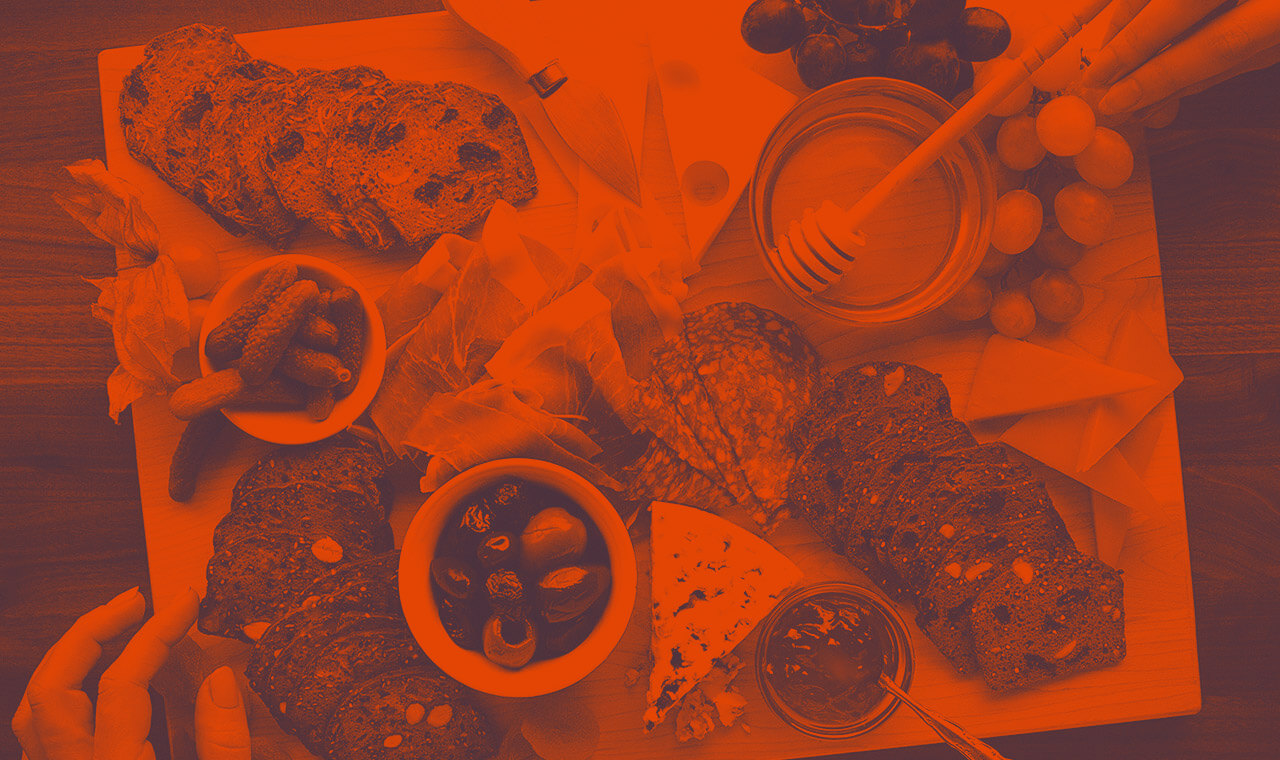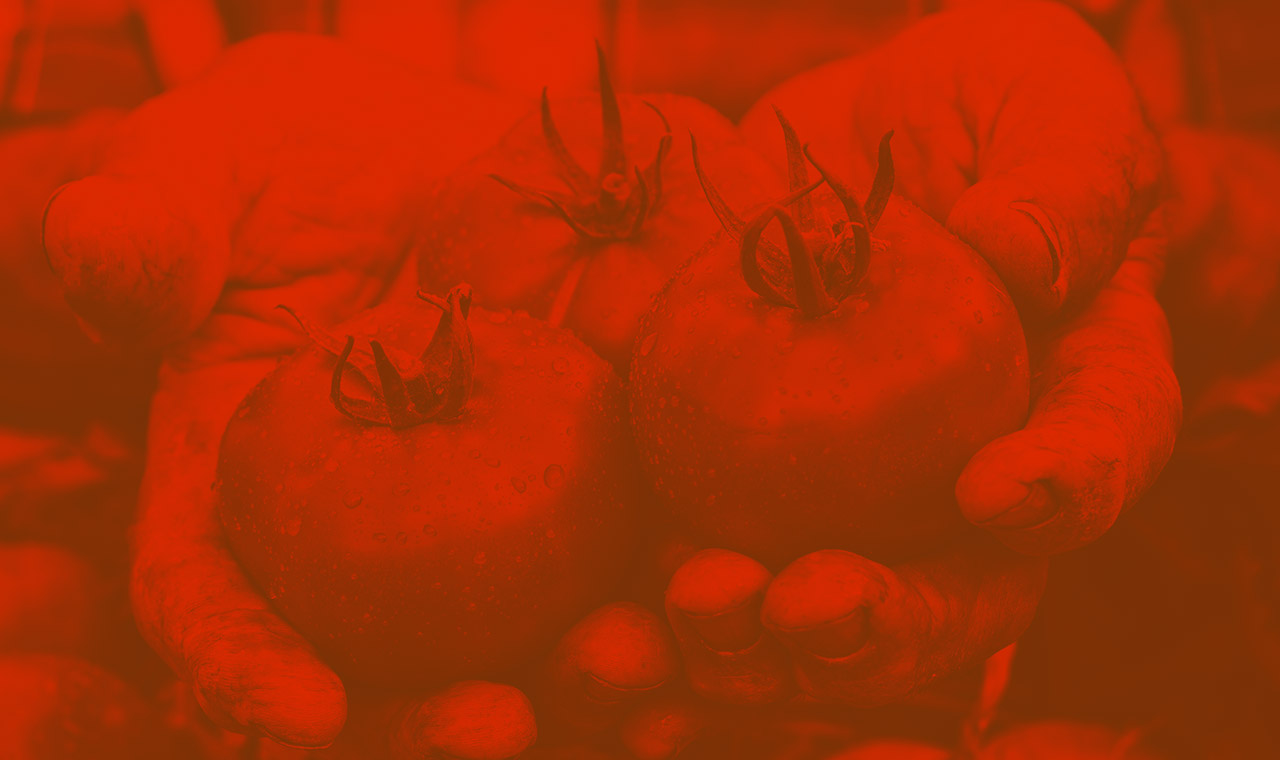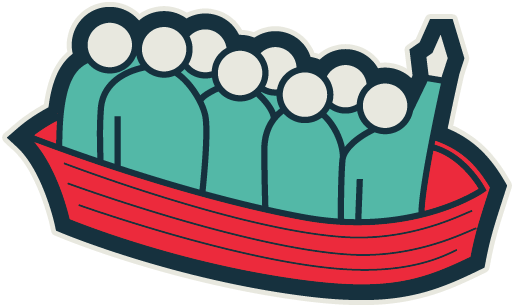There’s a reason why hospitals are predominantly painted in pastels, why presidential candidates wear blue ties and why brothels sport red lights; colours inspire confidence, stimulate the senses and exude quality. All you need to do to prove the effectiveness of colour in garnering attention is to walk through the country club dining room with an iconic blue box from Tiffany’s. Understanding the psychological impact of colour can help you to select a palette that portrays the qualities you wish to associate with your products and evokes the emotions you want linked to your brand.
Blues
Cool shades like lighter blues and turquoises portray peacefulness and inspire serenity. Lighter shades of blue are perfect for products that promise relaxation like foot spas or holidays in tropical locations. Darker shades of blue inspire confidence and trustworthiness which is why politicians favor this hue of tie when they are on the campaign trail.
Red
is the color of power and passion. Restaurants use it to stimulate appetites while sports cars rely on red to convey speed and danger. If sex were a colour, it would be red which accounts for the allure of red nail polish or red undies. Big, bold brands like Virgin or Coca Cola tap into the energy and vibrancy of red with obvious success.
Yellows and oranges
are playful and happy. These sunny colours represent warmth, sunshine and cheer which (come to think of it) make the choice of prison jumpsuits rather questionable. The golden arches of McDonald’s are meant to reinforce the concept of the Happy Meal; they say ‘we’re fun and optimistic’. Yellow is also the most visible colour in daylight, so those golden arches or the big yellow letters of Ikea stores really catch the eye.
Browns
convey dependability and reliability with a side order of warmth. UPS understands the kinds of trust issues customers have with couriers and their sombre brown uniforms and vans help to instill a sense of safety which inspires us to open our doors to them and entrust our precious documents and deliveries to their ministrations. During times of economic uncertainty, consumers tend towards earth tones for comfort.
Black
implies luxury and quality which accounts for the popularity of black limos among the rich and famous. Black says: “I’m classy, sophisticated, rich and a little bad ass.” Black is the choice for glamorous brands like Chanel and Yves St. Laurent. And ninjas… let’s not forget ninjas.
Green
calls us back to the coolness of the woods, to the sumptuousness of grass and the calming arms of Mother Nature. Green implies that your brand is environmentally friendly, fresh and young.
Purple
suggests luxury with a touch of whimsy which is why it’s such a hit with the chocolate industry.
Pink
runs the gamut of emotions with lighter pinks conjuring feelings of sweetness and nurturing while hot pinks are the vestige of the sexy and not-so-sweet. Victoria secret uses lighter pinks in collections for older women and hot pinks for its PINK line which appeals to slightly less experienced angels.
When you are creating the colours that represent your brand, take your cue from the kinds of associations consumers will make with the colours you select. Utilizing the subconscious perceptions can drive your consumer behavior.











